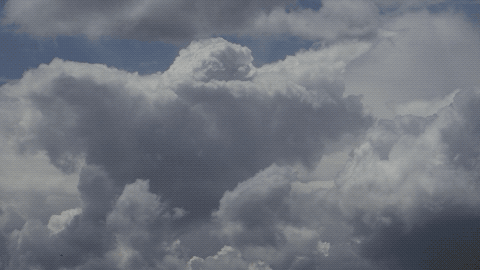Adds artificial camera shake to the layer. This can be useful for adding shake to explosive effects, or for adding a sense of a handheld camera to a tripod shot.


- Amount: Controls the maximum distance which the frame can be moved to create the shaking.
- Speed: Controls the maximum speed at which the frame can move to create the shaking.
- Seed: Each seed number randomizes the timing, speed, and direction of the shake, within the maximums defined above.
- Smooth: Applies a radius to any sharp angles in the shaking movement.
- Scale: Changes the size of the layer contents, to prevent edges from becoming visible when the frame moves.
Individual Controls
- X Shake: Shakes the frame left to right, moving it along the X (horizontal) axis.
- Y Shake: Shakes the frame up and down, moving it along the Y (vertical) axis. * Tilt Shake: Shakes the frame rotationally, randomly changing the angle.
Fractal
- Levels: Increasing the fractal levels adds smaller jitters on top of the larger shake movement.
- Amount Scalar: Alters the distance which the frame will be moved by the shake.
- Speed Scalar: Alters the speed at which the frame will be moved by the shake.
- Temporal Shift: Shifts the timing of the shake pattern. When more extreme shake is applied, this can help to ensure that critical components of the scene remain visible.
Motion Blur
- Mode: Choose how motion blur is calculated, for the motion of the shaking frame.
- Off: No motion blur is applied.
- Comp Settings: The motion blur settings defined in the timeline properties are used.
- Custom: Allows you to define custom settings specifically for the shake effect. Selecting this option reveals two additional controls, Scale and Samples.
- Scale: Specifies the amount of blur to be applied.
- Samples: Defines how many duplicates of the frame should be used to fill in the blur distance. Higher values tend to look better, but are slower to process.
Wrap
- X: As the frame position is moved by the shake, the edges of the frame may become visible within each lens. This control determines how the blank space on the left or right side of the frame is handled.
- No: The blank areas remain unaffected.
- Tile: An exact copy of the layer is used to fill the blank area.
- Reflect: A mirrored copy of the layer is used to fill the blank area.
- Y: As the frame position is moved by the shake, the edges of the frame may become visible within each lens. This control determines how the blank space on the top or bottom of the frame is handled.
- No: The blank areas remain unaffected.
- Tile: An exact copy of the layer is used to fill the blank area.
- Reflect: A mirrored copy of the layer is used to fill the blank area.
